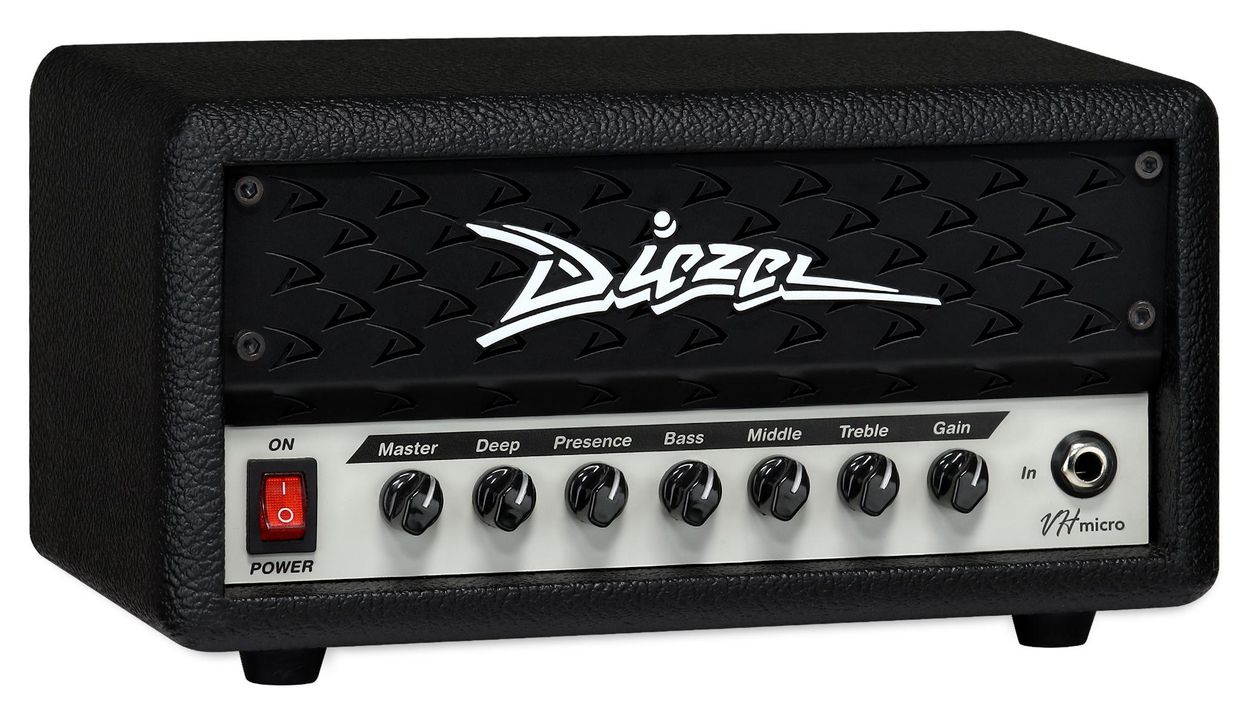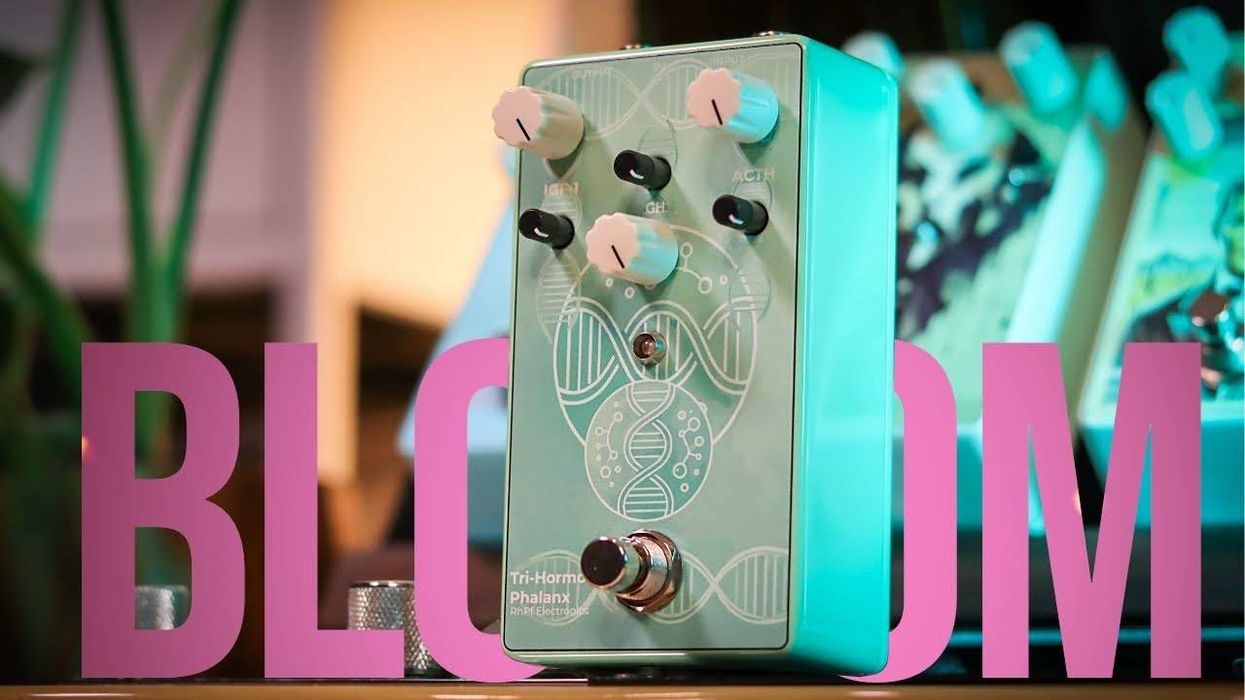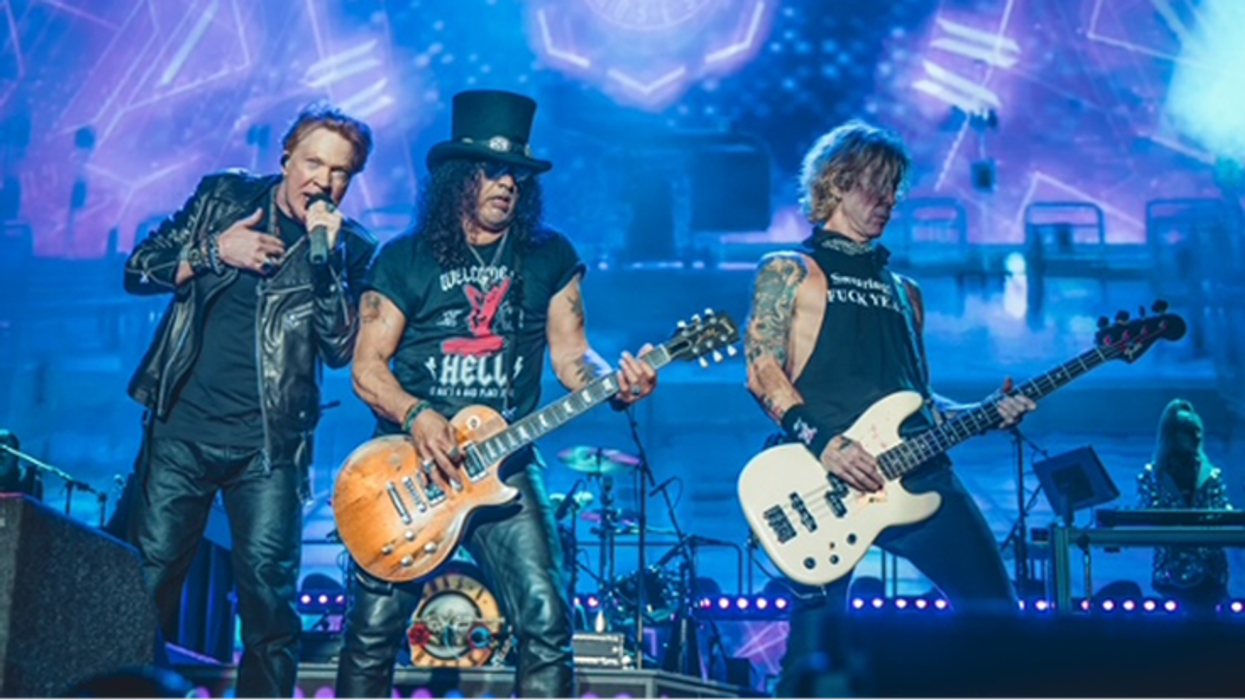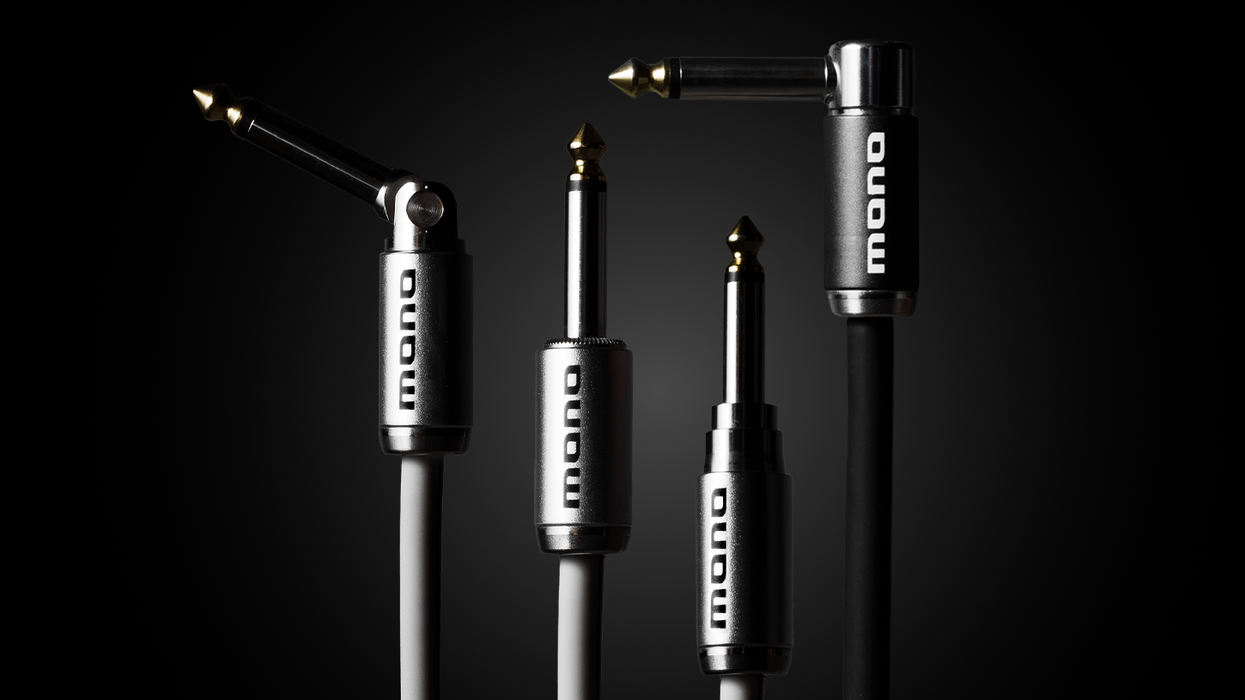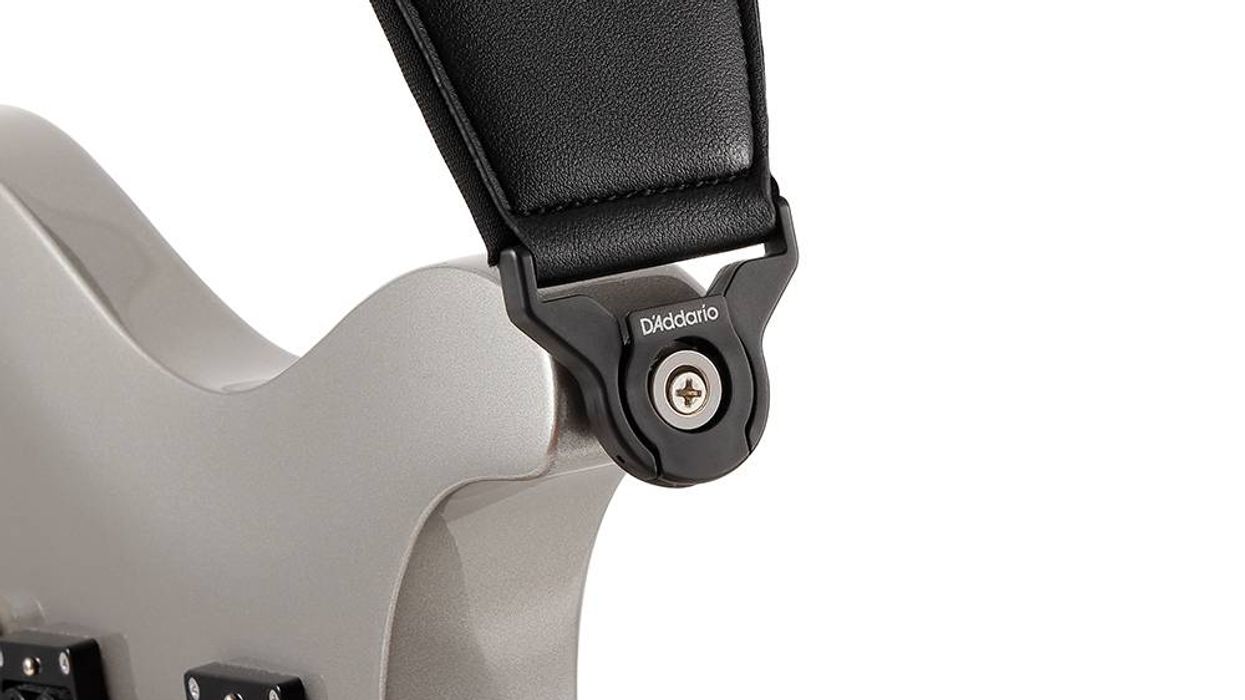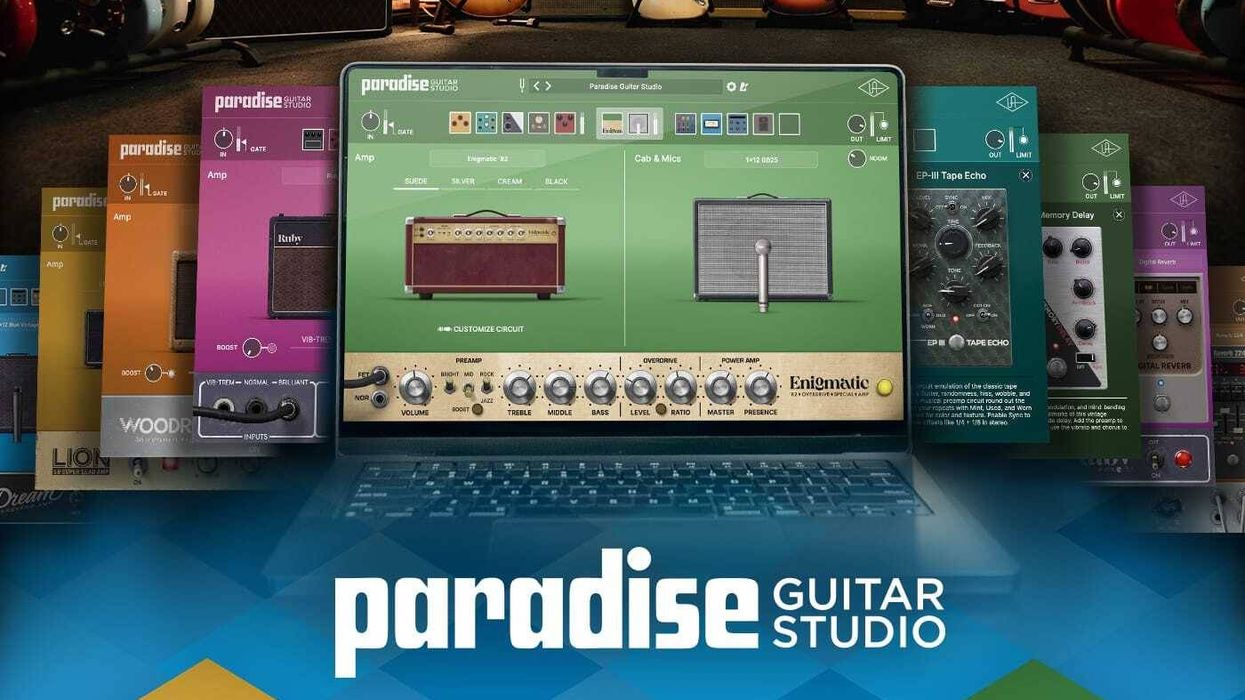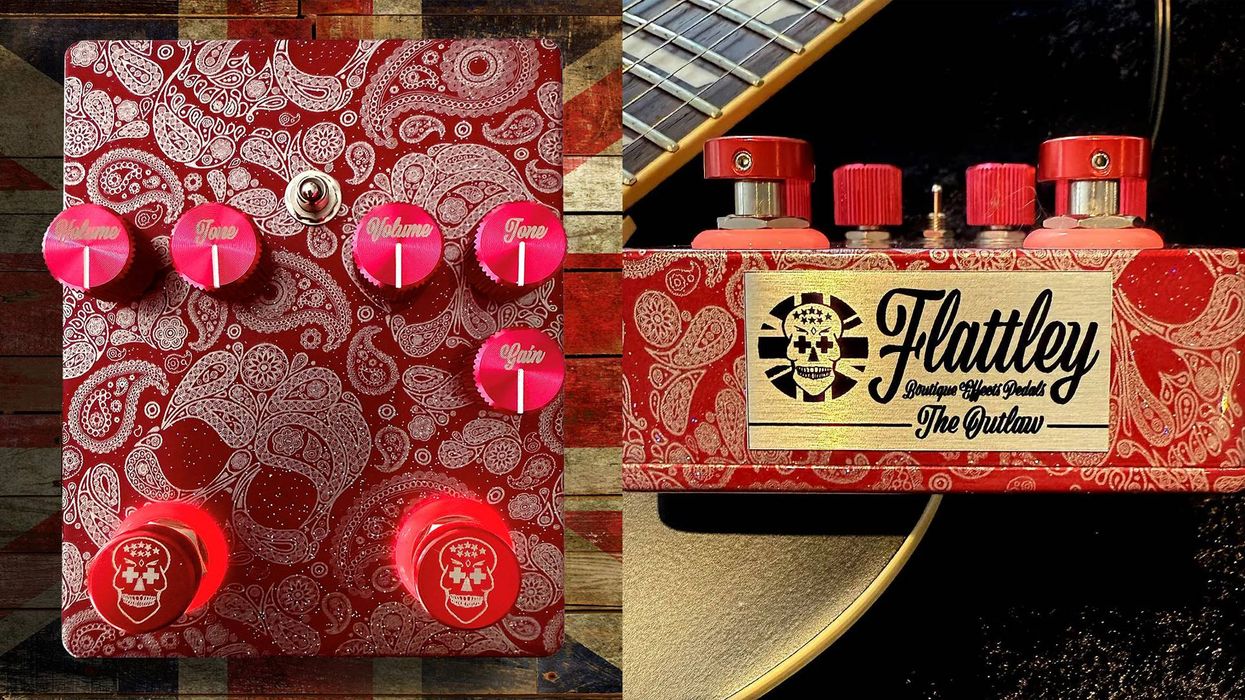The legendary VH4 amplifier was created in 1994 and sparked a revolution in tone. Peter Diezel's powerhouse design generated such demand, that he had no choice but to put his creation into production. Tool's Adam Jones, Metallica's James Hetfield and hundreds of touring pros have cemented the roar and pummeling voice of the VH4 into high-gain history.
The VH Micro amp captures the signature tone and look of its legendary ancestor in an ultra-compact and lightweight design. But don't let the amp's tiny size fool you. Inside the VH Micro are 30 watts of searing rock and metal tones with plenty of power for home, studio, rehearsal, and live applications. The VH Micro amp delivers all the lush, dynamic overdrive character of the VH4 Channel 3 with a familiar front panel controls layout including Diezel's lauded Deep and Presence knobs.
On the back panel you'll find a high-quality effects loop ideal for using time-based effects with your high-gain tones. The included 24V universal-voltage power-supply means you can take your VH Micro wherever you travel.
Features
- Inspired by the VH4 3rd channel and preamp pedal
- Familiar control layout with gain, volume, 3 band EQ Presence and Deep
- Onboard Series effects loop
- Compact, studio-friendly size
- Universal 24V power supply
- Dimensions: 9.5" (w) x 6.25" (d) x 5.25" (h)Weight: 4 lbs.
Diezel
